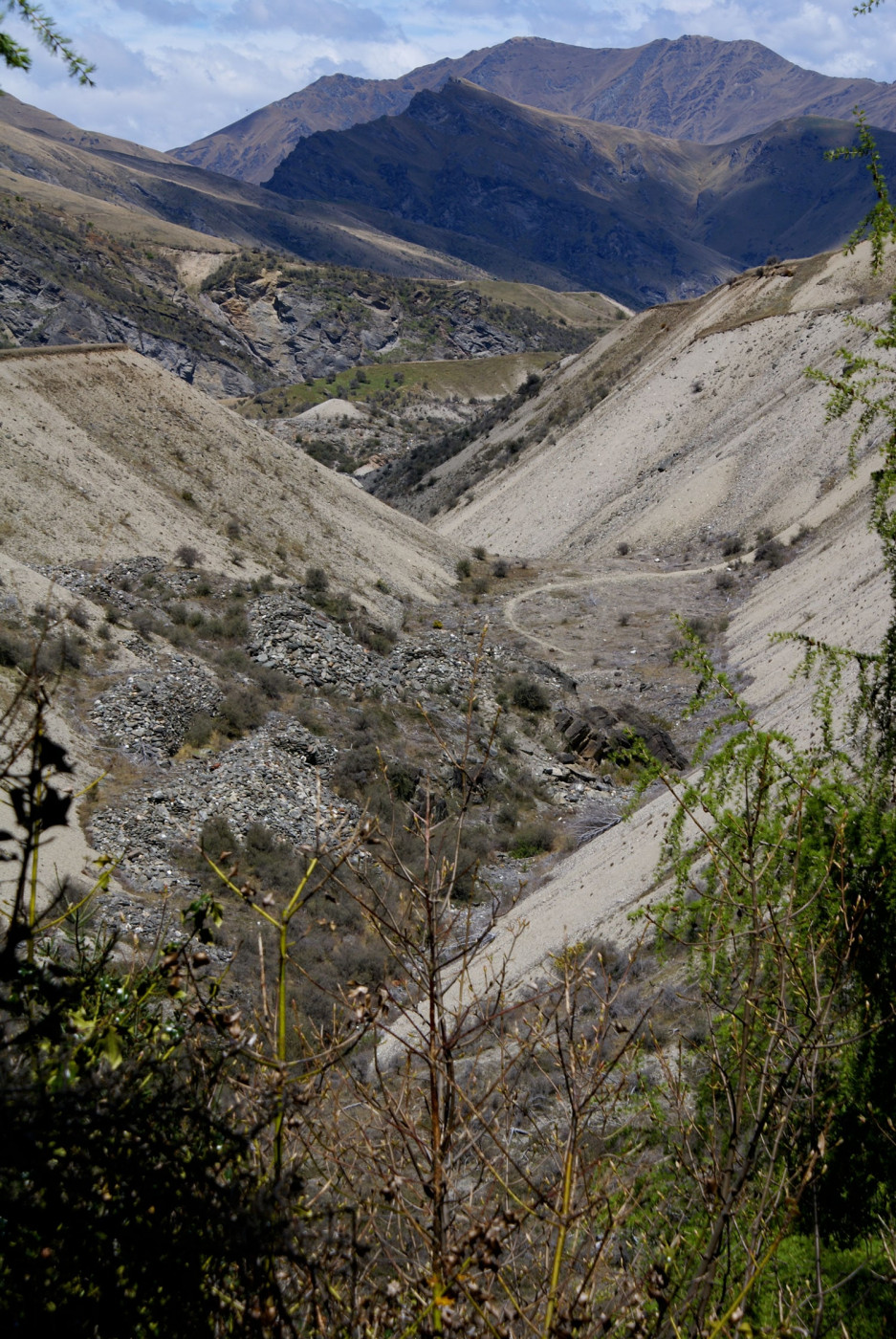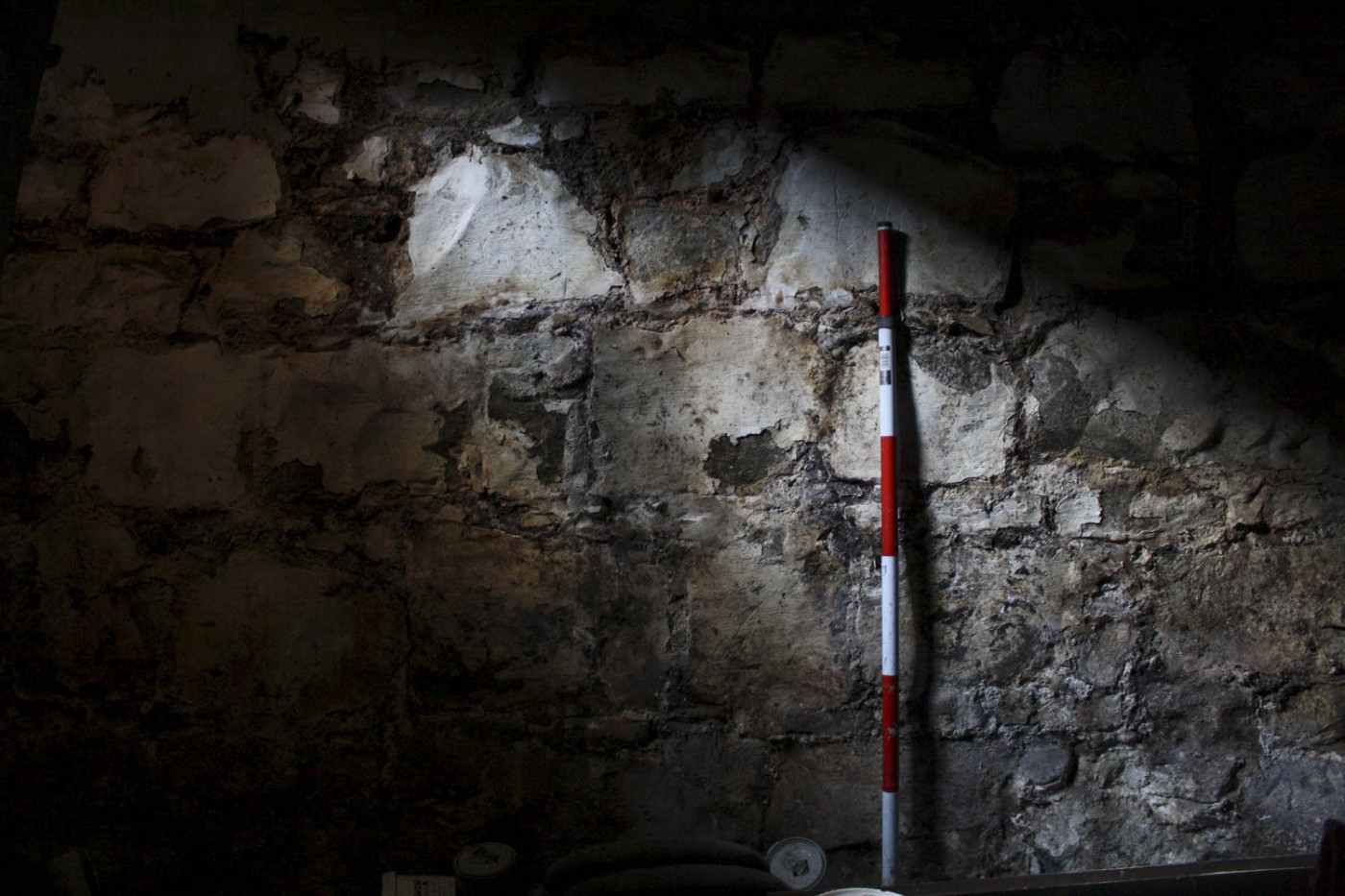So you’ve been told
you need an archaeologist!
The next question is usually: Why do I need an archaeologist? The reason is most likely because you own or wish to develop a property that has a historic building on it, because the property is in an area of historic importance, or because it is likely to have had human occupation prior to the year 1900.
Why is the year 1900 so important? In New Zealand it is important because this is the legally defined date prior to which, sites and buildings are protected under the Heritage New Zealand Pouhere Taonga Act (2014).
Further legal protection is provided under the conditions of the Resource Management Act (1991) which considers historic heritage to be a matter of national importance under Section 6.

This legal protection means that there is a process to go through in order to both, comply with these laws, and to proceed with development works. This process involves an application to Heritage New Zealand to modify or destroy an archaeological site. The issued permit is called an archaeological authority.
The Archaeological Authority Consent Process
Any application to Heritage New Zealand for an archaeological authority requires the commissioning of an archaeological assessment.This is the WHY you need an archaeologist. Only an approved Section 45 archaeologist can complete an archaeological assessment. This document is then used to support an authority application. Heritage New Zealand will review the application and the assessment and if they are happy, will issue an archaeological authority. An issued archaeological authority is an important legal document and needs to be well read. It contains in it, conditions set down by Heritage New Zealand that require attention prior to, during, and subsequent to development works.
Typically, these conditions include the monitoringand recording of the works as they damage or destroy an archaeological site, analysisof archaeological artefacts and features and completion of a final report.
Archaeological Authority Process
As archaeologists, we conduct an archaeological assessment on your site to see whether there are any historic portions present and where they are likely located. This assessment provides a thorough investigation into the site allowing us to determine the level of recording and excavation that may be required going forward, while also discovering more about New Zealand's fascinating history.
We can submit the assessment to Heritage New Zealand on your behalf who issue an archaeological authority. Depending on the significance of the site, we will conduct an archaeological excavation and/or building recording. Once archaeological monitoring and excavation is complete, an interim report outliningthe initial findings of the fieldwork is submitted. At this point, the analysis of the artefactual and faunal material is undertaken. This analysis is then compiled with the results of the fieldwork, into a final report. The report is then submitted to Heritage New Zealand Pouhere Taonga in fulfilment of the issued archaeological authority.



Why should you choose Underground Overground Archaeology?
As property owners ourselves, we understand the variety and quantity of consents and applications are required when doing development whether it’s a new build, redevelopment or earthquake strengthening. And because sometimes things can take time, it is important to be organised and well ahead of your development schedule.
Before any building or land developments take place in a historic area (sites with pre-1900 human activity), an archaeological authority (consent) is required by law from Heritage New Zealand (formerly New Zealand Historic Places Trust). To gain this authority you will need the services of an archaeologist.
Gaining your heritage consent for development can be a simple and easy process that we can help you with.
The legislation currently protects all structures and land that has seen occupation by humans prior to the date of 1900. This means that all sub-surface works and/or the demolition of a structure built before 1900 requires an archaeological consent. Please note that a post-1900 constructed building on a site occupied before the building was constructed also requires consent as there is the potential for archaeology to remain beneath the ground.